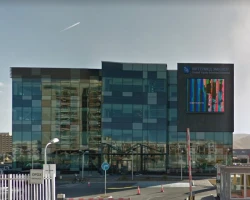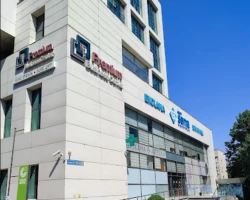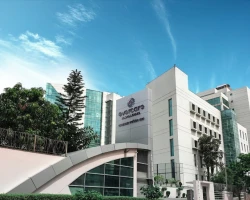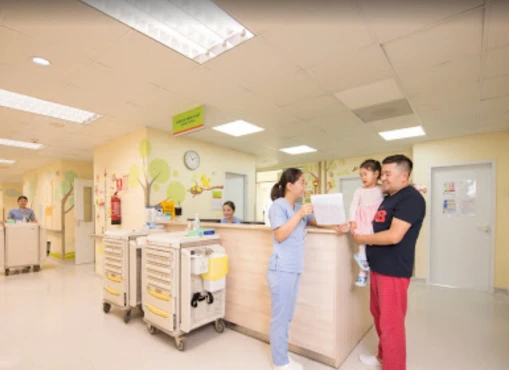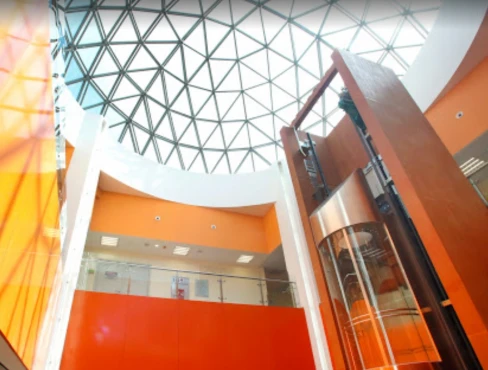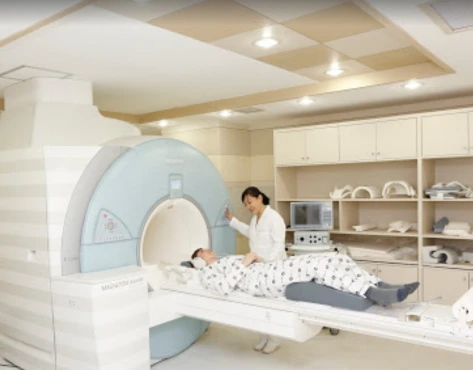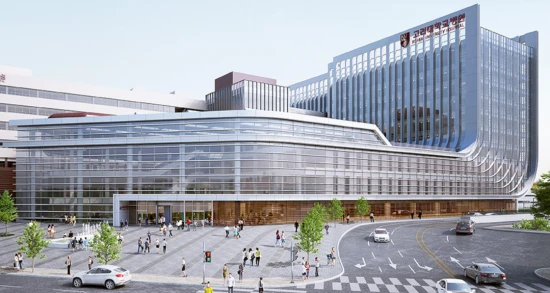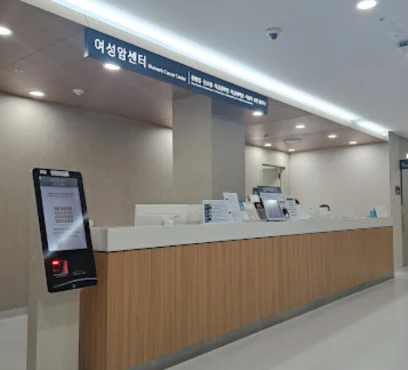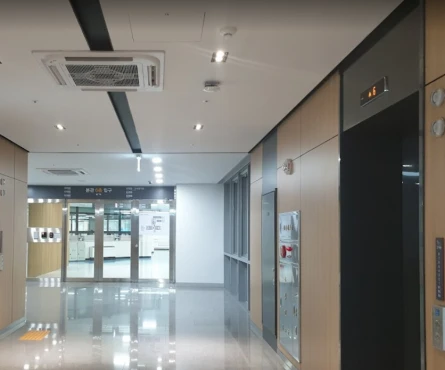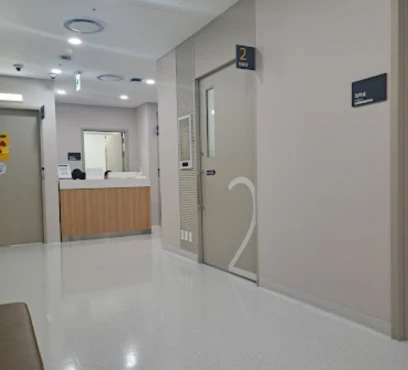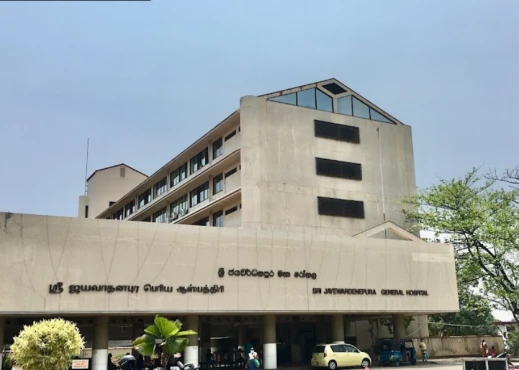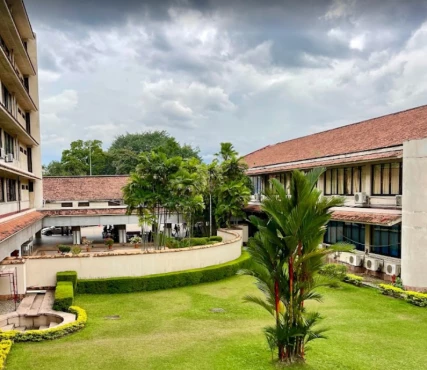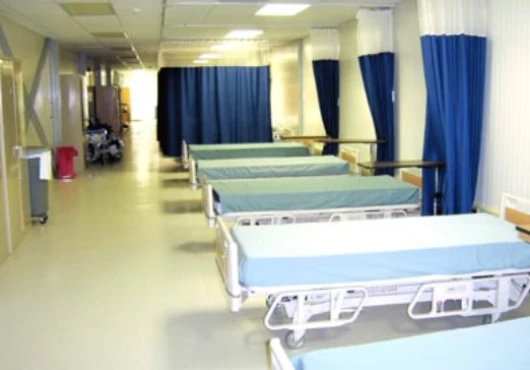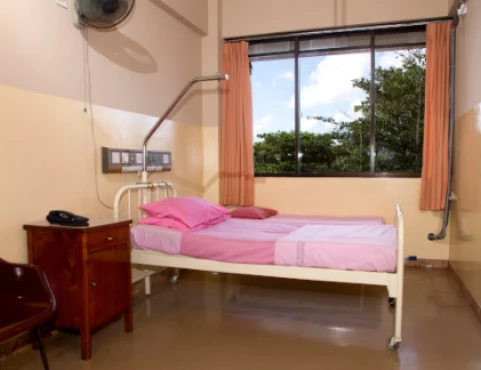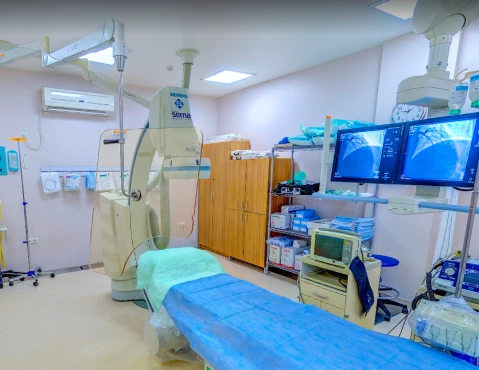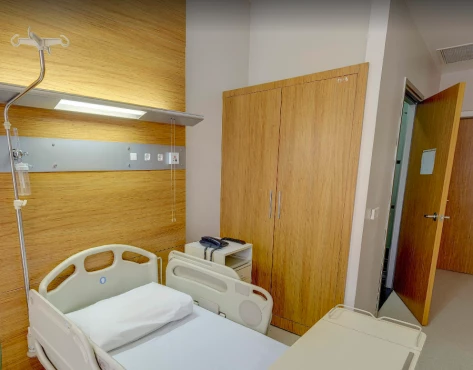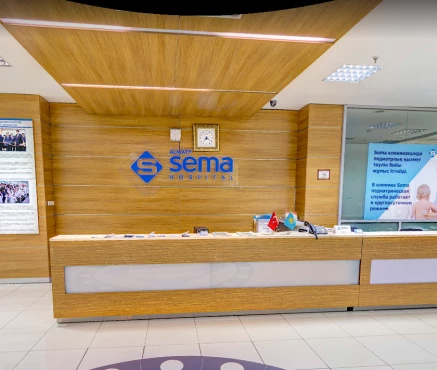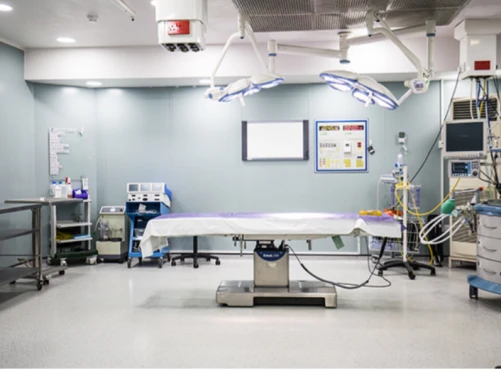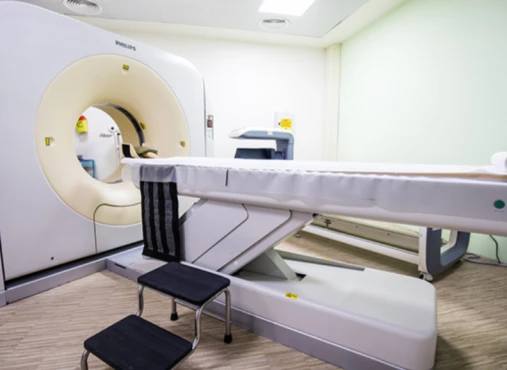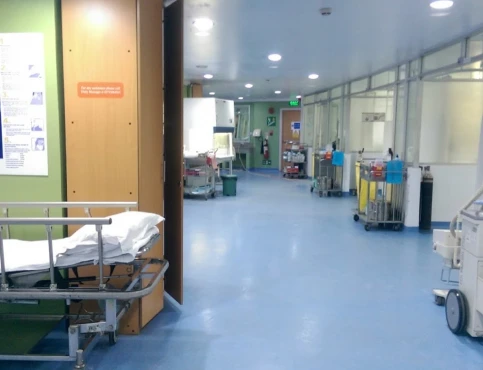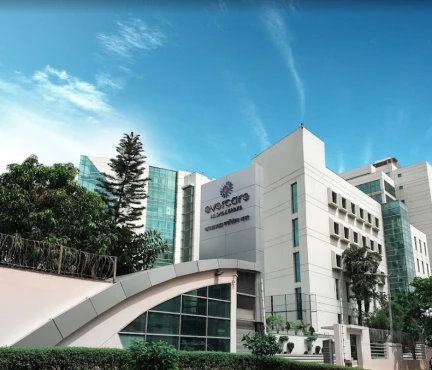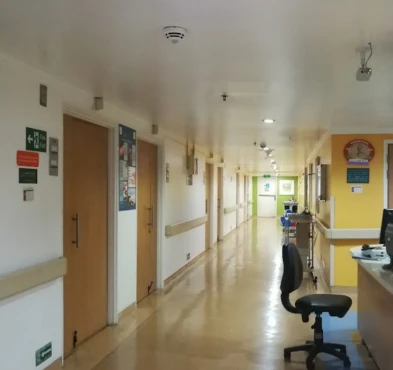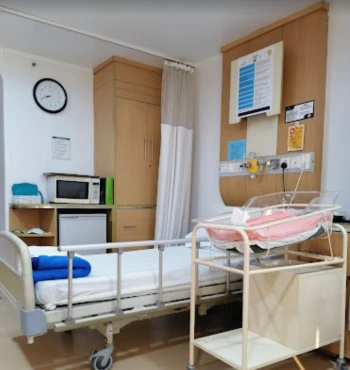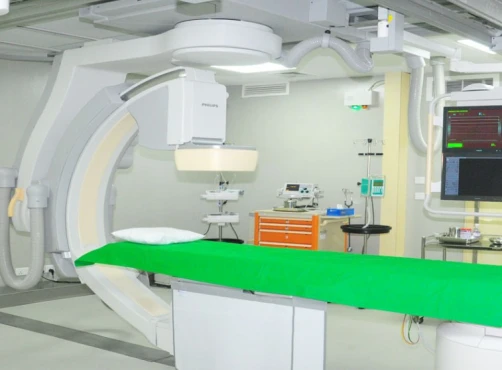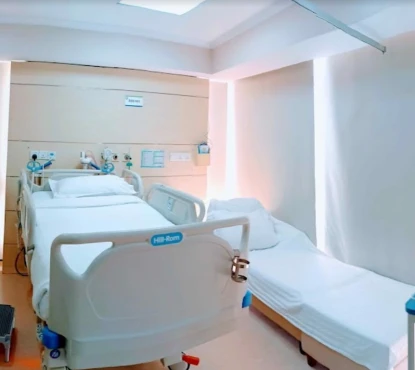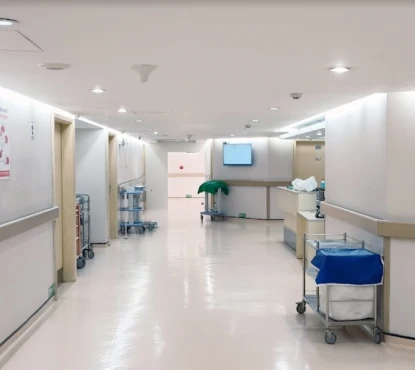from Md Tazul Islam
October 22, 2023
First of all let me say it and clear it, that 1star only for most of the billing counter staff specially on level 3 (both side). Doctors, nurses and treatment are good in this hospital. Only problem I found so far with the billing counter staff on level 3. They are rude and arrogant with very less manners. Again this review is NOT for the Doctors or nurses or neither their treatment.
from Mohammad Omer
September 14, 2023
Serving the huge community of old Dhaka, it’s one of the best, largest as well as expensive hospital in Bangladesh located at Gendaria adjacent to the Dhupkhola field. Having almost all the departments for patients are well decorated and the environment is excellent. Extraordinary look, medical college, huge parking facilities, Cafe are the additional features to make the cozy ambiance for the patients as well as visitors!
from MD Rayhan Raju
August 29, 2023
I recently had the privilege of receiving medical care at Asgar Ali Hospital, and I must say that my experience was nothing short of extraordinary. From the moment I stepped through their doors, I was greeted by a warm and friendly staff that made me feel instantly at ease.
The hospital's commitment to providing top-notch medical care is evident in every aspect of its operation. The facilities are state-of-the-art, featuring the latest in medical technology and equipment. This not only instilled confidence in me as a patient but also reassured me that I was in capable hands.
What truly sets Asgar Ali Hospital apart, however, is the exceptional expertise of its medical staff. The doctors, nurses, and specialists are not only highly qualified but also genuinely dedicated to their patients' well-being. Throughout my stay, I was impressed by their depth of knowledge, their willingness to answer questions, and their unwavering focus on providing the best possible care.
The attention to detail extended beyond medical treatment. The hospital's rooms were comfortable and impeccably clean, creating a soothing environment conducive to healing. Additionally, the administrative staff efficiently handled all paperwork and logistics, allowing me to concentrate solely on my recovery.
While it's true that the services at Asgar Ali Hospital come with a premium price tag, the level of care and expertise provided more than justifies the cost. When it comes to our health, quality should always be a top priority, and Asgar Ali Hospital delivers on that front without compromise.
In conclusion, my experience at Asgar Ali Hospital was characterized by exceptional care, cutting-edge expertise, and a commitment to patient well-being that goes above and beyond. If you're seeking the very best in medical care and are willing to invest in your health, I wholeheartedly recommend Asgar Ali Hospital.
MD Rayhan Raju
